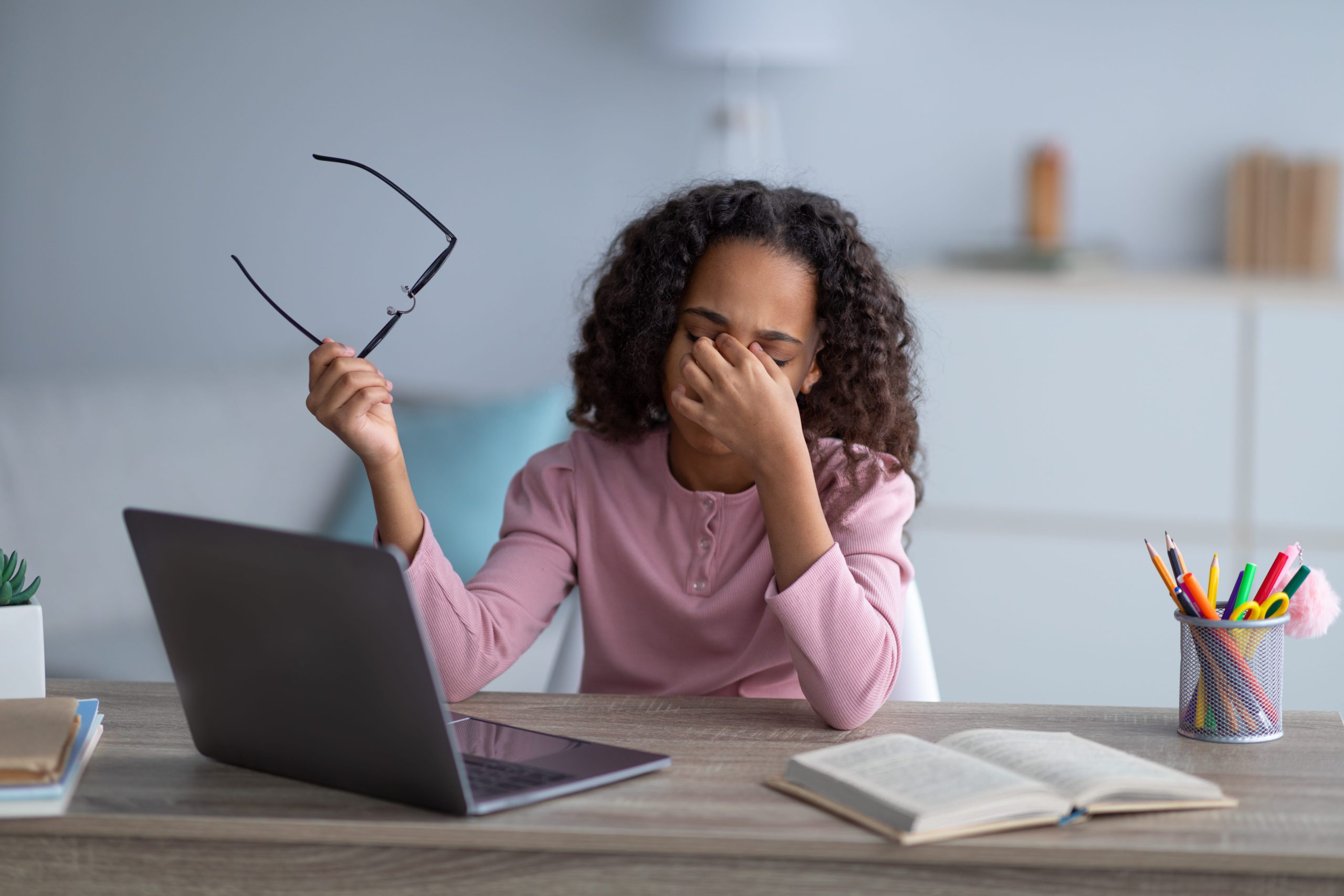Bring more patients into your practice with targeted education
Itchy, watery, blurry and burning eyes are all symptoms of dry eye disease, one of the most common reasons people visit an eye doctor. It is estimated that up to 30 million people in the United States have dry eye — but many don’t know their symptoms have a name, let alone a variety of potential causes and solutions. They also may not know that dry eye can be more than a nuisance, it can actually cause damage to the cornea if left untreated.
July is Dry Eye Awareness Month, the perfect time to educate patients. On your website, social media pages, in email newsletters and other patient outreach materials, let patients know about what causes dry eye along with new treatment options that may help them find relief.
Top causes of dry eye in 2022
Dry eye disease is not new. It is increasing, however, and some of the causes are more recent. For example, dry eye increased during the pandemic. Several other factors may be contributing to more cases of dry eye, including:
Increased screen use. During COVID-19, the switch to online learning, remote work and spending most of our time on virtual pursuits led to a sharp uptick in screentime for many people. “Staring at screens all day can make your eyes more dry, and this is a major factor in the increase in dryness worldwide,” said ophthalmologist Ashley Brissette, M.D., in an article for NewYork-Presbyterian Health Matters.
Medications. Certain high blood pressure and allergy medications as well as antidepressants can contribute to dry eye symptoms, said Stephanie Marioneaux, M.D., cornea and external disease specialist, in a video for Prevent Blindness to raise awareness of dry eye.
Environmental factors. Climate change has been linked to an increase in UV radiation, air pollution and dry conditions on the earth’s surface, all of which can affect the eyes and worsen symptoms for dry eye sufferers. Even factors like whether your home or office has ceiling fans can affect dry eye.
Dry eye increased during the pandemic, largely due to significantly more time on screens. Depression – linked to dry eye – is also on the rise.
Depression. A recent study published in JAMA Ophthalmology found that depression is more prevalent in patients with dry eye disease than in the general population. Prevalence of anxiety and depression increased by an unprecedented 25% globally during the first year of the pandemic.
Inadequate lid closure. In many cases of non-responsive dry eye disease the issue is the eyelid, according to Paul Karpecki, OD. He wrote, In fact, 61% of symptomatic dry eye patients across the spectrum of disease severity have compromised eyelid closure. This underidentified and undertreated condition is caused by nocturnal evaporative stress (NES) and is highly prevalent in refractory dry eye disease.”
New approaches to dry eye treatment
Fortunately, there are also new treatments and delivery methods available to dry eye patients. For example, in cases of inadequate lid closure (ILC), a daily disposable lid seal device, SleepTite/SleepRite™ is an exciting new option. These single-use, hypo-allergenic, latex-free lid seals are intended to hold the eye closed to prevent NES due to ILC. “In my experience, this product is the single most effective treatment for recalcitrant dry eye, when ILC is diagnosed,” wrote Dr. Karpecki.
New treatments include disposable lid seals for cases of inadequate lid closure and the first nasal spray approved for the treatment of dry eye disease.
He also discussed a new neurostimulation device that was approved for dry eye disease in 2020. The electromechanical nerve stimulator is applied externally to the soft nasal fold of the nose to activate the trigeminal parasympathetic pathway via a sonic frequency.
And in 2021, the FDA approved Tyrvaya, the first nasal spray approved for the treatment of dry eye disease, giving eye doctors another novel approach to producing a complete tear film in patients. Read more about Dr. Karpecki’s perspective on this novel delivery method for dry eye signs and symptoms.
The message to patients, this month and always, should be: Dry eye is common and treatable. You don’t have to suffer the symptoms and risk potential long term damage to your eyes. “An exam by an eyecare professional can equip patients with a treatment plan that protects vision and improves mental health,” said Jeff Todd, president and CEO of Prevent Blindness.
Learn more about how to use the right tools to educate your patients about dry eye disease by downloading our Dry Eye eBook!

